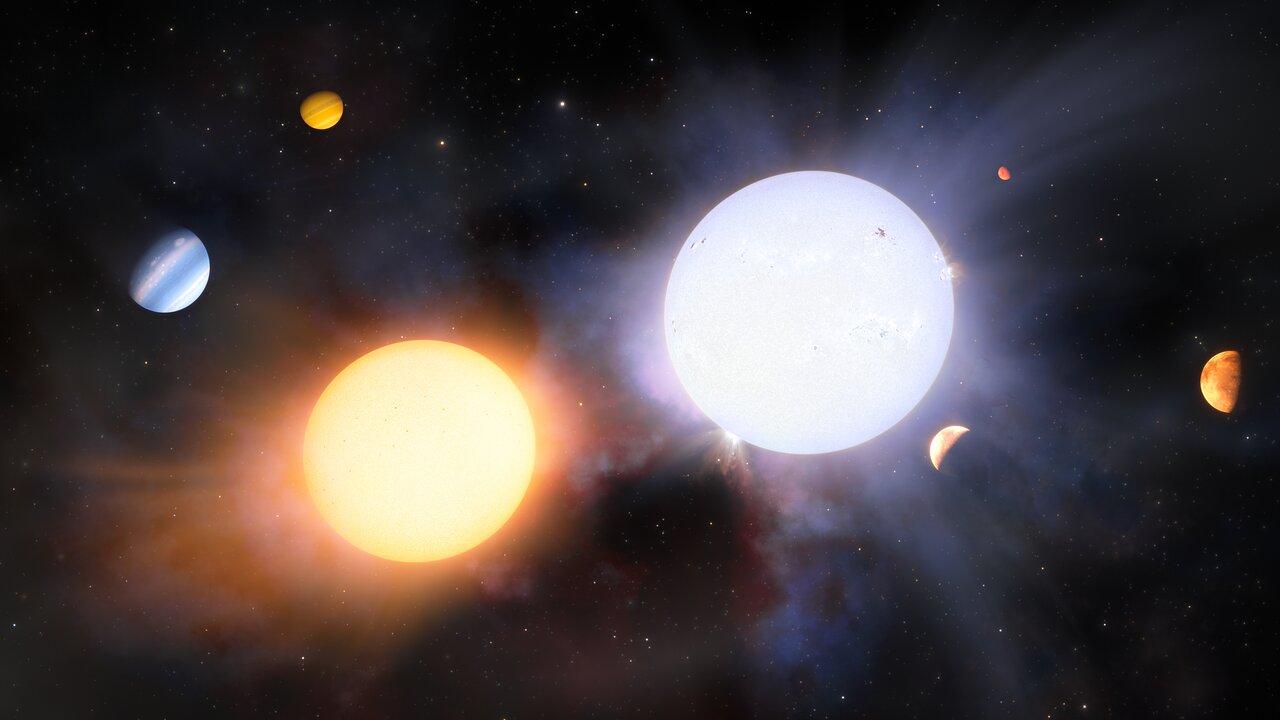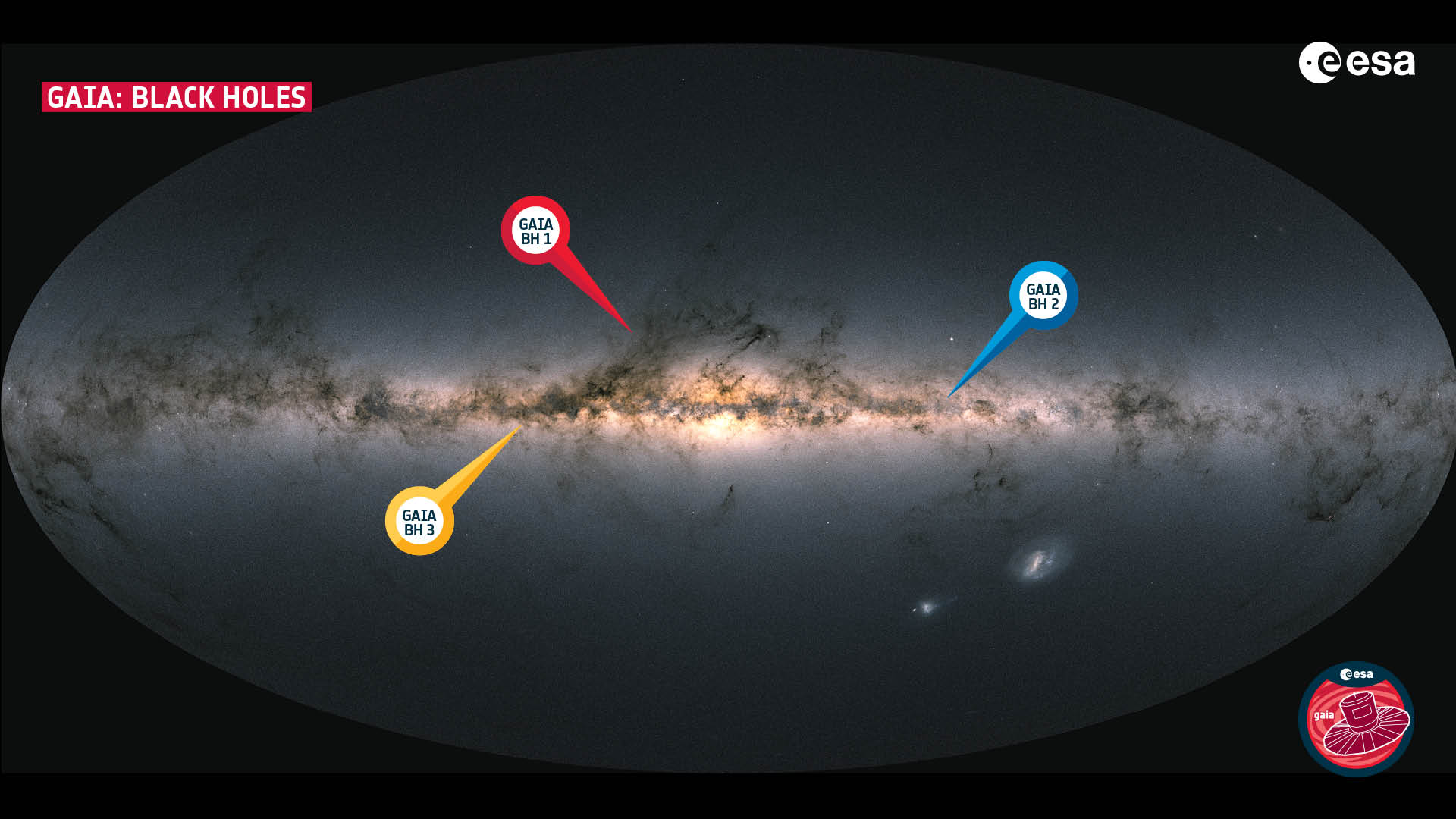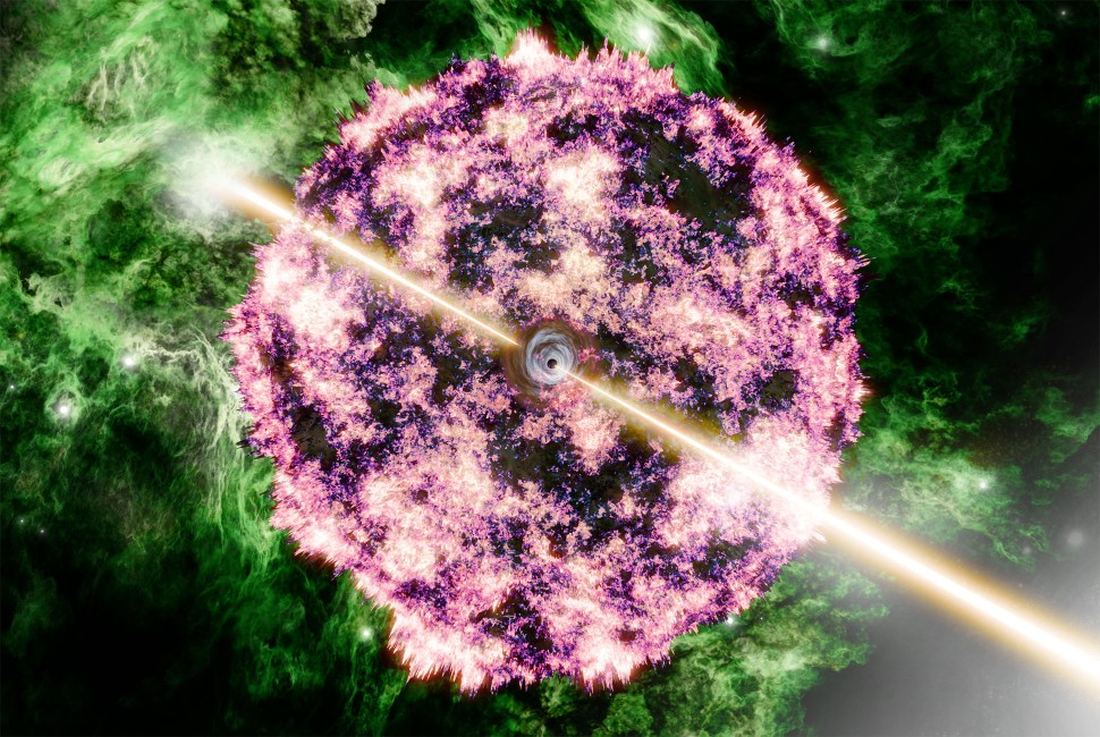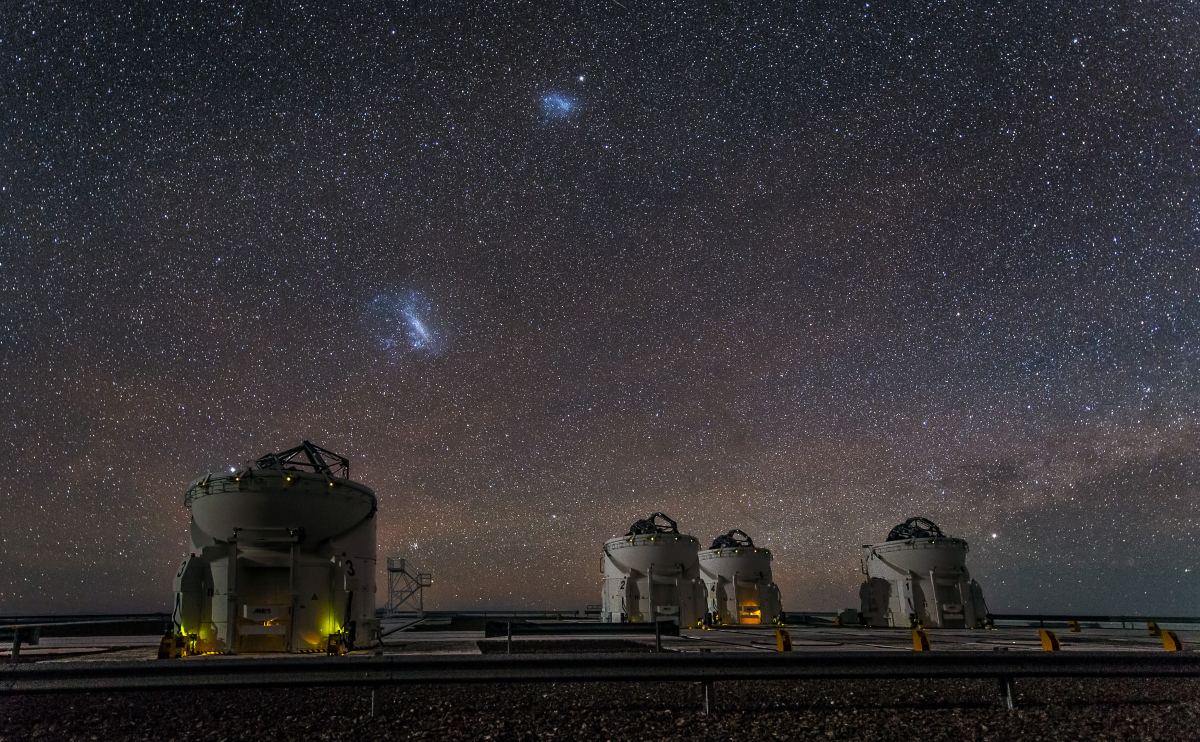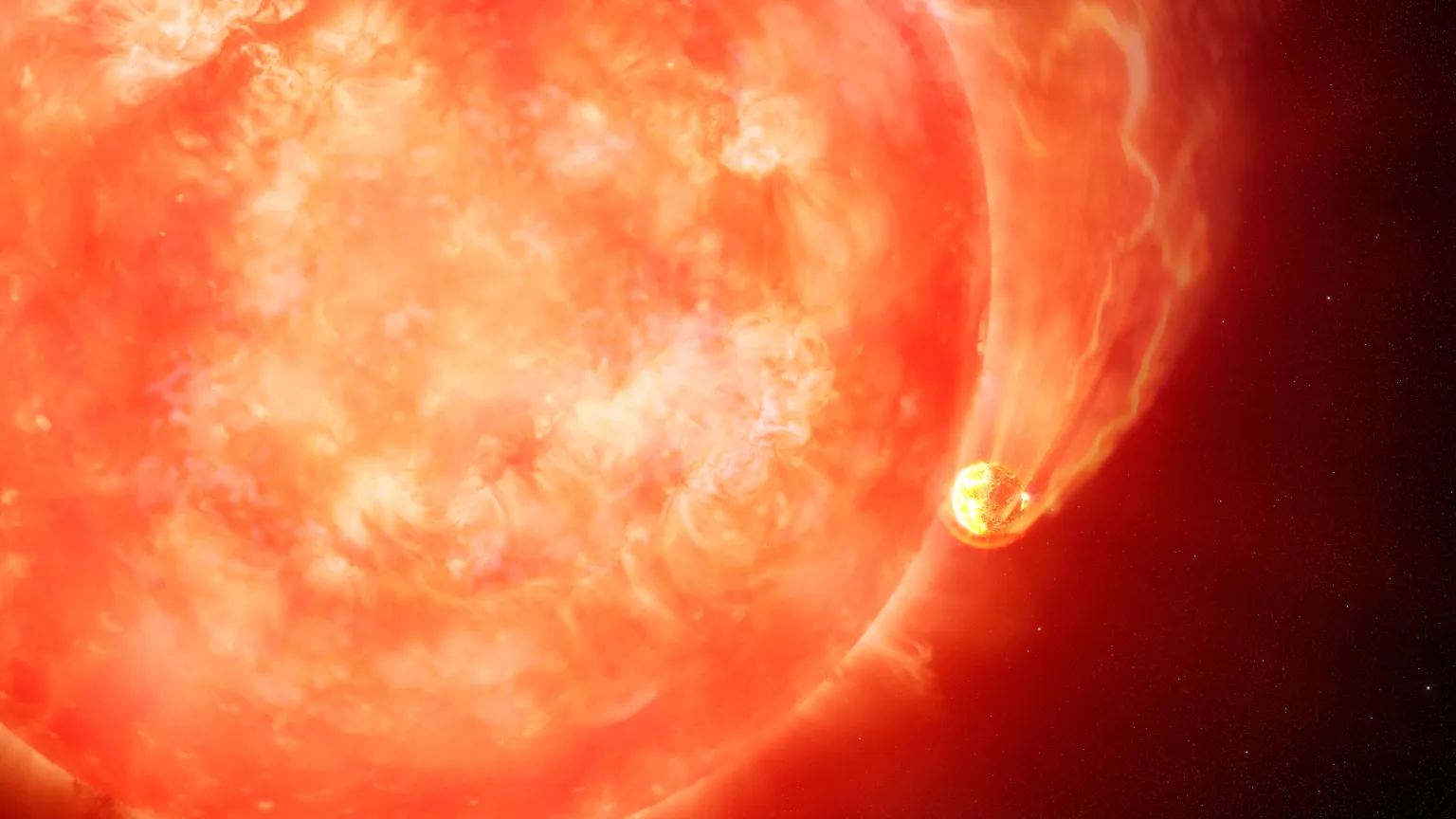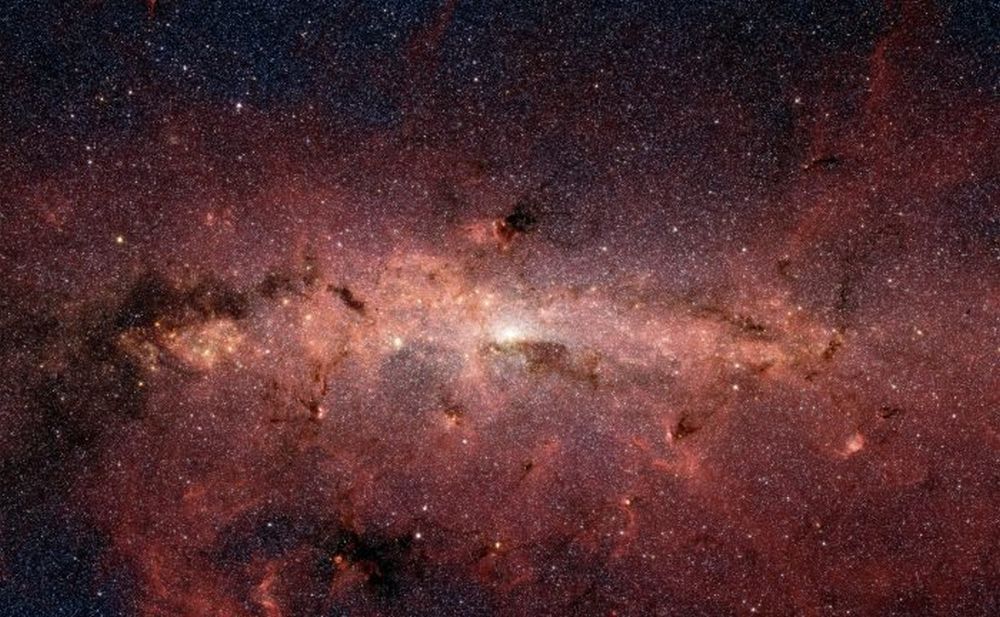The JWST has found an exoplanet unlike any other. This unique world has an atmosphere almost entirely composed of water vapour. Astronomers have theorized about these types of planets, but this is the first observational confirmation.
Continue reading “Webb Reveals a Steam World Planet Orbiting a Red Dwarf”Webb Reveals a Steam World Planet Orbiting a Red Dwarf



